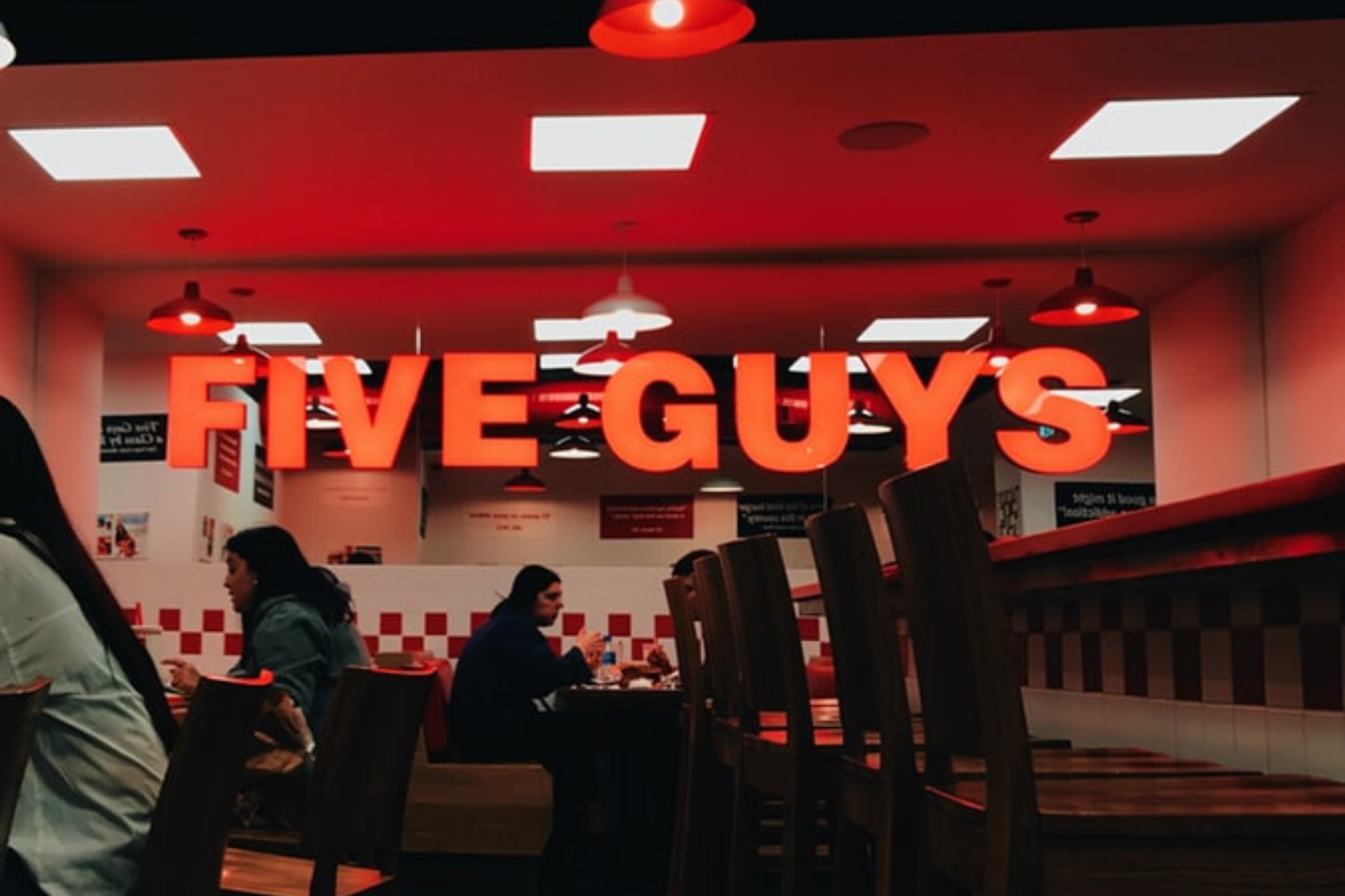Did you know that the average American will see anywhere between 4,000 to 10,000 ads every single day? Though people have learned to filter out much of what they don’t want to see, some ads and signage are much more effective at gaining attention than others. Businesses need to be able to employ such attention-grabbing methods if they want to survive in a highly competitive market.
But how do you do that? One answer is dimensional lettering or a dimensional logo (or both). Dimensional signage is a 3D option that you can place anywhere you need it—both indoors and outdoors—and can be uniquely crafted to fit your needs.
Here is everything you need to know about dimensional signs and why you should use them.
What Is Dimensional Lettering?
Dimensional signage is also known as 3D (three-dimensional) signage. You can guess why. The sign or lettering is cut from materials that give it shape and form that work in many different settings.
Depending on the design, dimensional signs may use a variety of building materials, including:
- Formed PVC Plastic: Tough, cost-efficient, and weather-resistant, plastic is an excellent choice for dimensional signage. PVC plastic comes in a variety of colors, shapes, and sizes, as well. Injection-molded plastic can take on the appearance of metal and can be installed quickly.
- Metal: Metal signs, including stainless steel, copper, and brass, are resistant to corrosion, have crisp outlines, are incredibly strong, and look great anywhere they are placed. Metal can be flat-cut or fabricated. Another option is metal laminate, which can be used together with other sign materials.
- Foamcore: Made from high-density urethane (HDU) foam, this material is earth-friendly, waterproof, lightweight, and resilient. Foamcore is ideal for signs with varying levels of thickness and can be used as a replacement for wood. Metal and acrylic laminates can also be applied to HDU foam.
- Laser Cut Acrylic: A popular option due to high versatility and resilience. Acrylic is very flexible, comes in several colors, and can be cut into any number of shapes or sizes. Acrylic elements can also be added to signs made from other materials to add texture (from sandblasting) or more dimension. Production time is very quick.
- Wood: The classic and clean appearance of wood is an excellent option for those who seek sophistication, elegance, and timelessness. Wooden signs are rather sturdy, too, so you can use them both indoors and outdoors.
- Aluminum: A common material for signs. Aluminum is budget-friendly, sturdy, and can be painted various colors to create the ideal image for your business.
What Are The Benefits of Dimensional Signage?
With limitless possibilities, dimensional letters and other 3D signage can have a positive impact on your business. The benefits of dimensional signage are:
- Versatility: With hundreds of construction options, you can create signs that match your design ideas perfectly. You can use these signs anywhere and for any purpose, including branding, navigation, or just for interior design.
- Engagement: 3D signage is much more engaging than 2D signs since the eye is naturally drawn to things that pop out. Raised lettering and other design elements that stick out are going to be seen more than signs that blend in, meaning that more people will engage with your sign—and that can lead to more brand recognition and better business over time.
- Memorable: A great design is bound to be memorable. The reason? 3D images require more mental processing than 2D ones, meaning that people are going to look at a sign with dimension and imagery more than one that is flat and less visually stimulating.
Who Should Use Dimensional Logos and Lettering?
Any business or organization that wants to gain an edge against the competition or wants to stand out more can benefit from dimensional lettering and signs. Establishments that often utilize dimensional signage include:
- Schools and other educational institutions
- Government organizations
- Medical buildings and campuses
- Restaurants, bars, and cafes
- Financial offices and banks
- Event spaces
- Entrance vestibules, reception areas, and lobbies
How To Use Dimensional Lettering Effectively
To get the most out of your 3D sign, you need to know how to use it. Think of three-dimensional signs as guerrilla advertising that uses the element of surprise to enhance its effectiveness.
For example, if you plan on hanging dimensional letters indoors, you can place them where the letters will cast shadows from natural light, making them more attention-grabbing. This approach can work well when the letters are meant to direct people around a building.
Outdoors, dimensional letters can be designed to look like an art installation or be used to engage with people in some way. You can also develop signs that require interaction. This type of sign gives people a chance to connect on a whole other level, increasing brand recognition.
Conclusion
Dimensional letters are ideal for adding a pop to your business image and branding. This signage option offers plenty of possibilities. You can use dimensional signage to enhance the appearance of indoor and outdoor areas, as part of your marketing plan, or even to grab attention from the passerby. If you are looking for a creative solution, then consider dimensional lettering and logos.
To get the best dimensional signage, you want to work with a professional group. Don’t settle for anything less than perfection when it comes to your signage. Fill out the contact form if you have questions, want to learn more about how we can help, or simply want to request a quote. We’re happy to help.


